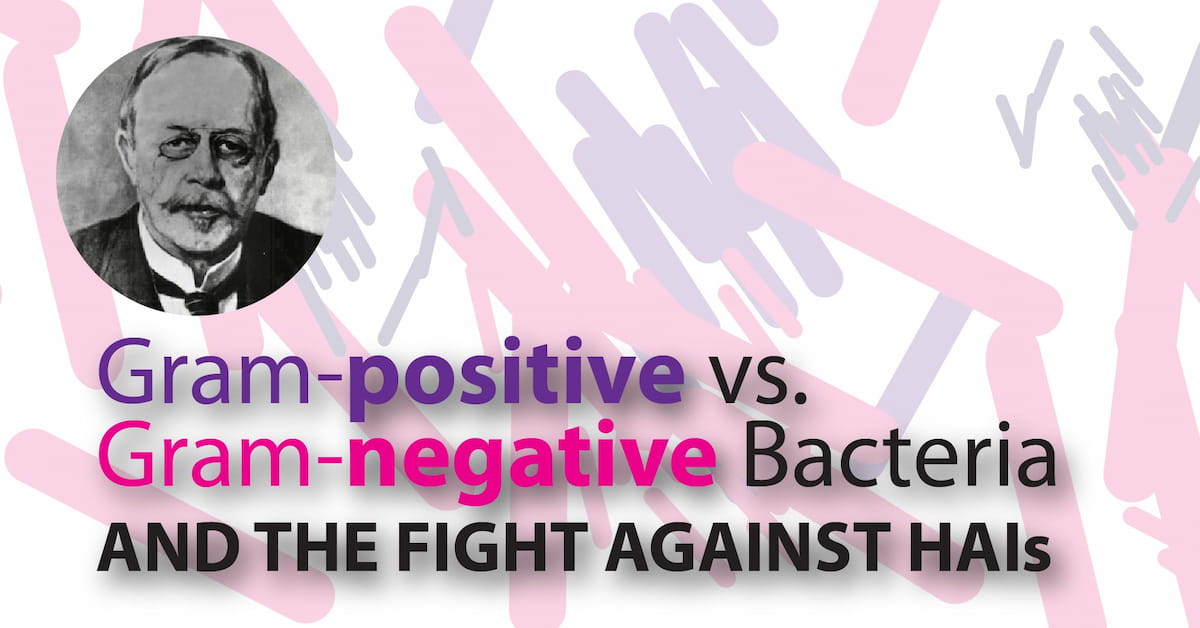

saprophyticus accounts for the second most common cause of uncomplicated urinary tract infection (UTI). Staphylococcus saprophyticus is novobiocin resistant and is a normal flora of the genital tract and perineum. epidermidis commonly infects prosthetic devices and IV catheters producing biofilms. Staphylococcus epidermidis is a gram-positive, catalase-positive, coagulase-negative cocci in clusters and is novobiocin sensitive.
#Gram positive vs gram negative better skin#
aureus can also cause toxic shock syndrome (TSST-1), scalded skin syndrome (exfoliative toxin, and food poisoning (enterotoxin). aureus can cause inflammatory diseases, including skin infections, pneumonia, endocarditis, septic arthritis, osteomyelitis, and abscesses. Staphylococcus aureus is a gram-positive, catalase-positive, coagulase-positive cocci in clusters. The SCOPE project (Surveillance and Control of Pathogens of Epidemiologic Importance) found that gram-positive organisms in those with an underlying malignancy accounted for 62% of all bloodstream infections in 1995 and 76% in 2000 while gram-negative organisms accounted for 22% and 14% of infections for these years. Gram-positive organisms have highly variable growth and resistance patterns. Epidemiologyīloodstream infection mortality rates have increased by 78% in just two decades. It is a 20 to 80 nm thick polymer while the peptidoglycan layer of the gram-negative cell wall is 2 to 3 nm thick and covered with an outer lipid bilayer membrane. Gram-positive organisms have a thicker peptidoglycan cell wall compared with gram-negative bacteria. Also, the branching filament rods encompass Nocardia and actinomyces. Spore-forming rods that produce spores can survive in environments for many years. Bacillus and Clostridia are spore-forming rods while Listeria and Corynebacterium are not. Gram-positive bacilli (rods) subdivide according to their ability to produce spores. agalactiae (Group B), enterococci (Group D), Strep viridans, and Strep pneumonia. Streptococcus bacteria subdivide into Strep.

Gram-positive cocci include Staphylococcus (catalase-positive), which grows clusters, and Streptococcus (catalase-negative), which grows in chains. The staphylococci further subdivide into coagulase-positive ( S. Gram-positive bacteria comprise cocci, bacilli, or branching filaments. Although gram-negative organisms classically have an outer membrane, they have a thinner peptidoglycan layer, which does not hold the blue dye used in the initial dying process. Other information used to differentiate bacteria is the shape. The staining method uses crystal violet dye, which is retained by the thick peptidoglycan cell wall found in gram-positive organisms. This reaction gives gram-positive organisms a blue color when viewed under a microscope. Hans Christian Gram developed the staining method in 1884. Gram-positive bacteria are bacteria classified by the color they turn in the staining method. Health professionals need to understand the important difference between gram-positive and gram-negative bacteria.
#Gram positive vs gram negative better how to#
Explain how to evaluate for a gram-positive bacterial infection.

This activity reviews the evaluation and management of gram-positive bacterial infections and explains the role of the interprofessional team in improving care for affected patients. The SCOPE project (Surveillance and Control of Pathogens of Epidemiologic Importance) found that in those with an underlying malignancy, gram-positive organisms accounted for 62 percent of all bloodstream infections in 1995 and 76 percent in 2000 while gram-negative organisms accounted for 22 percent in 1995 and 14 percent in 2000. Gram-positive organisms have highly variable growth and resistance patterns.


 0 kommentar(er)
0 kommentar(er)
